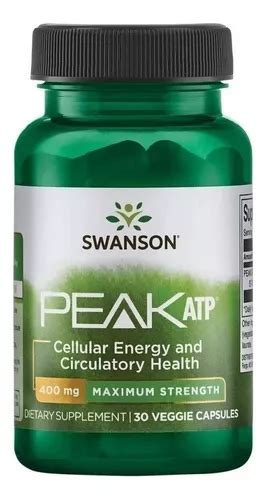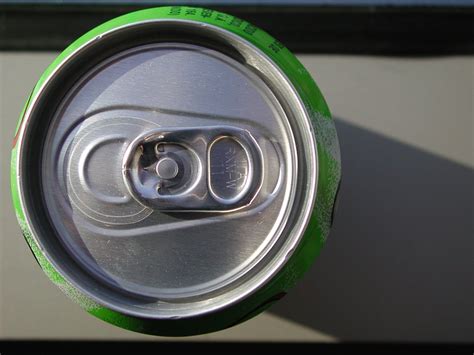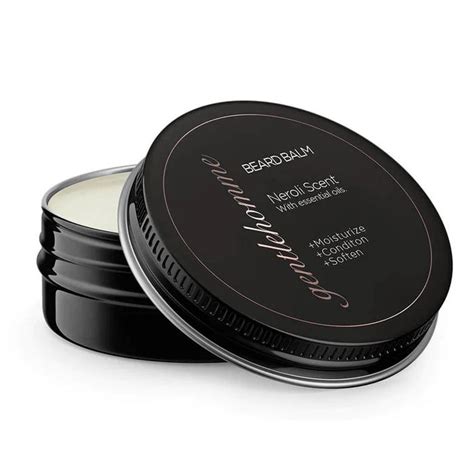How to prevent razor burn for a smooth, high-performance shave?

Razor burn is a common, irritating nemesis for anyone who shaves, turning what should be a simple grooming ritual into an uncomfortable ordeal. Characterized by redness, itching, stinging, and bumps, it’s often a sign that your shaving technique or tools need an upgrade. Achieving a smooth, high-performance shave free from irritation isn’t just about looking good; it’s about feeling good and maintaining healthy skin. This guide will walk you through the essential steps to banish razor burn forever and elevate your shaving experience.
Understanding Razor Burn: The Enemy of a Smooth Shave
Razor burn, also known as pseudofolliculitis barbae or folliculitis, occurs when hair follicles become irritated and inflamed after shaving. This often happens when hair is cut too short, curls back into the skin, or when the skin’s protective barrier is compromised. Common culprits include dull blades, shaving against the grain, lack of proper lubrication, and inadequate pre- and post-shave care. Recognizing these factors is the first step toward prevention.
The Pre-Shave Ritual: Preparation is Key
Preparation is the cornerstone of any great shave. It softens the hair, opens pores, and creates a protective barrier for your skin, minimizing friction and irritation.
- Cleanse: Start by washing your face with a mild facial cleanser. This removes dirt, oil, and dead skin cells that can clog your razor and lead to irritation.
- Exfoliate (Optional but Recommended): Once or twice a week, use a gentle facial scrub to remove dead skin cells. This helps to lift hairs and prevent ingrown hairs.
- Warm Water & Steam: The best way to soften your whiskers is with warm water. Take a hot shower before shaving or apply a warm, damp towel to your face for a few minutes. This relaxes your pores and softens the hair, making it easier to cut.
- Pre-Shave Oil: A quality pre-shave oil creates an additional protective layer between your skin and the razor, allowing for a smoother glide and reducing drag. Apply a few drops and massage it into your skin before applying shaving cream.
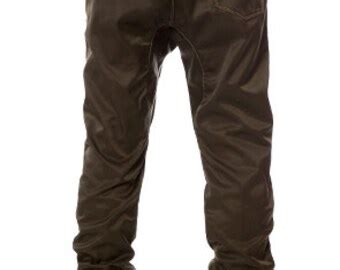
Master Your Shaving Technique
Even with the best products, poor technique can lead to razor burn. These tips will help you shave like a pro:
- Use a Sharp Blade: This is non-negotiable. A dull blade tugs at hair, causes more passes, and increases irritation. Replace your razor blade every 5-7 shaves, or sooner if you feel any tugging.
- Lather Up Properly: Use a high-quality shaving cream or gel that creates a rich, thick lather. Apply it evenly, ensuring all hairs are coated. Let it sit for a minute or two to further soften the hair.
- Shave With the Grain: Always shave in the direction your hair grows. While shaving against the grain might feel closer, it’s the leading cause of razor burn and ingrown hairs. For a closer shave, you can re-lather and make a second pass across the grain, but never against it if you’re prone to irritation.
- Light Pressure: Let the razor do the work. Pressing too hard flattens the skin, leading to an uneven shave and increased irritation. A good razor should glide effortlessly.
- Rinse Your Blade Frequently: Clogged blades are ineffective. Rinse your razor under hot water after every couple of strokes to clear away hair and shaving cream.
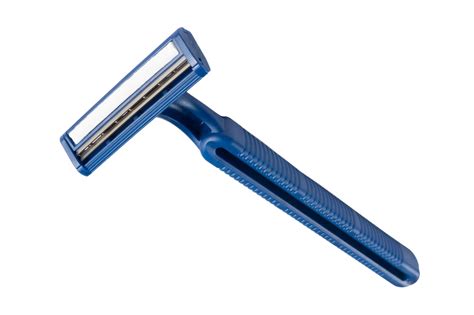
Choosing the Right Tools and Products
The right gear makes a significant difference in preventing razor burn:
- Razor Type: While multi-blade razors can offer a close shave, some find they pull too much on individual hairs, leading to irritation. Consider experimenting with a safety razor or even a single-blade razor, which can be gentler on sensitive skin. Electric shavers can also be an alternative for some, though they may not offer as close a shave.
- Shaving Cream/Gel: Opt for products that are alcohol-free and contain moisturizing ingredients like glycerin, aloe vera, or shea butter. Avoid aerosol foams with harsh chemicals that can dry out your skin.
- Shaving Brush (Optional): A quality badger or synthetic brush helps create a rich lather, lifts hairs, and gently exfoliates the skin, preparing it perfectly for the blade.
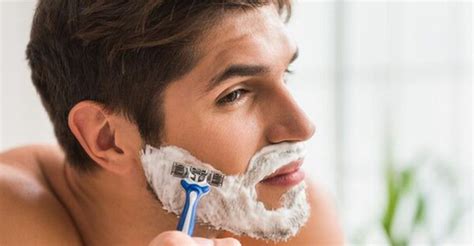
Post-Shave Care: Soothe and Protect
What you do after shaving is just as crucial as your pre-shave routine:
- Rinse with Cold Water: After you’ve finished shaving, rinse your face thoroughly with cold water. This helps close your pores, calm the skin, and remove any remaining shaving cream.
- Pat Dry, Don’t Rub: Gently pat your skin dry with a clean, soft towel. Rubbing can irritate newly exposed skin.
- Apply Aftershave Balm: Skip alcohol-based aftershaves, which can dry and sting. Instead, opt for a soothing, hydrating aftershave balm or lotion that contains ingredients like aloe vera, witch hazel (alcohol-free), chamomile, or calendula. These ingredients help to reduce redness, soothe irritation, and moisturize the skin.
- Moisturize: Even after using a balm, if your skin feels dry, apply a lightweight, non-comedogenic facial moisturizer to lock in hydration and maintain your skin’s barrier.
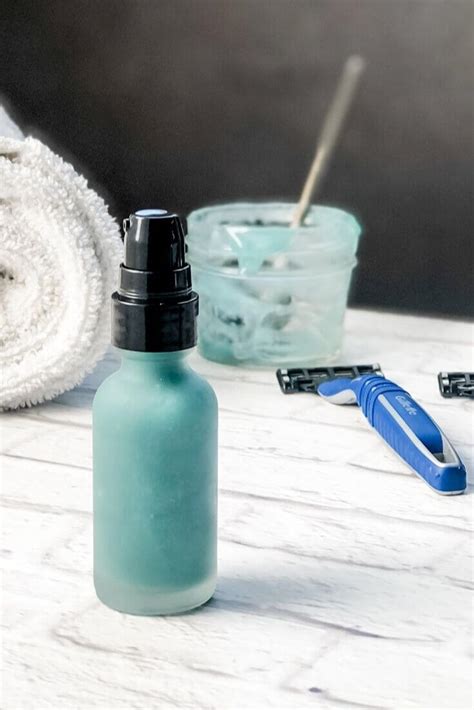
Long-Term Strategies for Healthy Skin
Consistency is key to maintaining healthy, irritation-free skin:
- Regular Exfoliation: Continue a gentle exfoliation routine 2-3 times a week (not on shaving days, or very lightly before a shave) to prevent ingrown hairs by keeping pores clear.
- Stay Hydrated: Drinking plenty of water keeps your skin hydrated from the inside out, making it more resilient.
- Blade Storage: Store your razor in a dry place to prevent rust and bacterial growth, which can dull blades and cause infections.
- Patience: If you’re currently experiencing razor burn, give your skin time to heal. Shaving over irritated skin will only make it worse.

Preventing razor burn is a comprehensive process that involves understanding your skin, using the right tools, and mastering your technique. By incorporating these practices into your grooming routine, you can transform shaving from a dreaded chore into a satisfying ritual that leaves you with smooth, comfortable, and healthy skin, every single time. Invest in quality products and, most importantly, be patient and consistent. Your skin will thank you.
